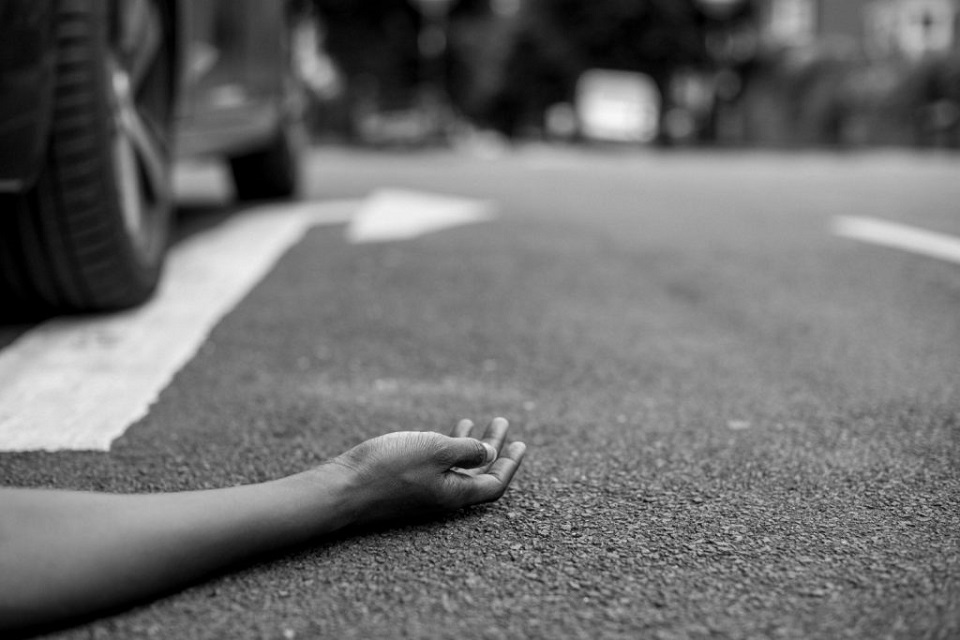In 2020, the Centers for Disease Control and Prevention had extensive data showing that U.S. roads witnessed more than 7,000 pedestrian fatalities linked to motor vehicles, translating to roughly one fatality occurring every 75 minutes.
Being on the road doesn’t necessitate being in the driver’s seat to encounter peril. The critical distinction lies in the absence of the protective shield provided by a substantial and sturdy metal structure when you’re not inside a vehicle during a collision.
It’s a matter of fundamental physics: in an encounter between a car and a pedestrian, the car invariably emerges victorious. There are many common reasons for pedestrian accidents.
In 2020, it’s estimated that around 104,000 pedestrian injuries were associated with accidents, as reported by emergency departments nationwide.
This article will explore essential aspects and statistics concerning pedestrian accidents that everyone should understand, and, most importantly, it will guide how you and your family can avoid such incidents.
Table of Contents
1. The Type Of Vehicle Can Impact Injury Severity
The vehicle involved in a pedestrian accident significantly influences the seriousness of injuries sustained. In 2021, passenger cars were responsible for 35% of fatalities, while SUVs and pickups had a 40% share of the overall deaths.
The location of the impact and whether the incident was a single-vehicle or multi-vehicle collision can also be determining factors between minor injuries and fatal outcomes for pedestrians.
2. Pedestrian Accidents Are Majorly Caused By Single-Vehicle
In 2013, 92% of pedestrian accidents occurred due to single-vehicle incidents. Frontal collisions were notably more frequent than rear or side impacts. Passenger cars, SUVs, pickup trucks, and vans constituted most vehicles involved in front-end collisions, leading to pedestrian fatalities. Larger trucks and buses were more commonly associated with rear or right-side impacts and frontal crashes.
3. The Influence Of Alcohol On Pedestrian Accidents
The presence of alcohol can have a significant influence on pedestrian accidents. In 2013, the NHTSA noted that 49% of pedestrian accidents happened because of alcohol use by either the driver or the pedestrian.
Among these accidents, 15 percent of drivers had a blood alcohol concentration (BAC) of 0.08 or higher, while nearly 34 percent of pedestrian victims also had a BAC of 0.08 or higher.
4. Gender & Age Characteristics
Approximately 3,247 of the 4,735 pedestrians killed in motor vehicle accidents were male. The male pedestrian accident rate is greater than that of females by more than two times.
5. Injury Rates In Males Are Higher
Male pedestrians also suffer injuries at a rate approximately 1.3 times higher than females. Pedestrians aged 40 and older exhibit higher fatality rates, whereas individuals between 10 and 29 have a greater injury propensity.
6. Most Accidents Occur In The Evening
Most pedestrian accidents take place during the evening, with a striking 75 percent happening overnight, surpassing the combined total for daylight hours (22%), dusk (2%), and dawn (1%). Nevertheless, the specific peak hours for accidents vary depending on the season. During winter, one-third of accidents happen between 6 p.m. and 9 p.m.The fall months also exhibit a higher incidence of accidents.
Conversely, in spring and summer, a larger proportion of accidents occur later in the evening—28% in spring and 33% in summer, specifically between 9 p.m. and midnight.
7. Most Accidents Occur On The Weekends
Most pedestrian accidents transpire over the weekend. In 2020, the U.S. witnessed 1,546 pedestrian fatalities during weekend nights from 9 p.m. to 6 a.m., with 5,832 reported injuries during the same timeframe.
This period is often associated with increased social activities, including drinking and driving. Staying vigilant and avoiding road travel during these hours can be a prudent safety measure.
8. Most Fatalities Occur Due To Driver’s Failure To Yield
Regrettably, most pedestrian fatalities in the United States stem from drivers failing to yield the right of way to pedestrians. This accounted for 67 reported accidents in Michigan, comprising approximately 39.2% of all incidents; nationally, the figure was 3,262, roughly 50.1%.
Yielding the right-of-way pertains to drivers allowing pedestrians to cross streets, enter intersections, or use roadways before proceeding. Yielding the right-of-way isn’t merely a courteous practice on the road; it is a critical measure drivers should take to reduce accidents, particularly at intersections lacking pedestrian walk signals or lights.
Conclusion
It’s essential that we know, understand, and act on the facts and statistics about pedestrian accidents. Whether confronted with dangerous roads or questionable drivers, our safety as pedestrians relies heavily on us to make intelligent decisions and look out for ourselves. When faced with an accident, considering all our options can often be challenging.
From taking pictures at the accident scene to understanding the insurance process or finding a personal injury lawyer, dealing with a pedestrian accident can be overwhelming.
To ensure that your rights are protected after an unfortunate incident has occurred, remember to add hiring pedestrian accident lawyers to your checklist to receive justice for any damages or injuries incurred. Take control of your life by following these eight vital statistics, which may save you one day.



